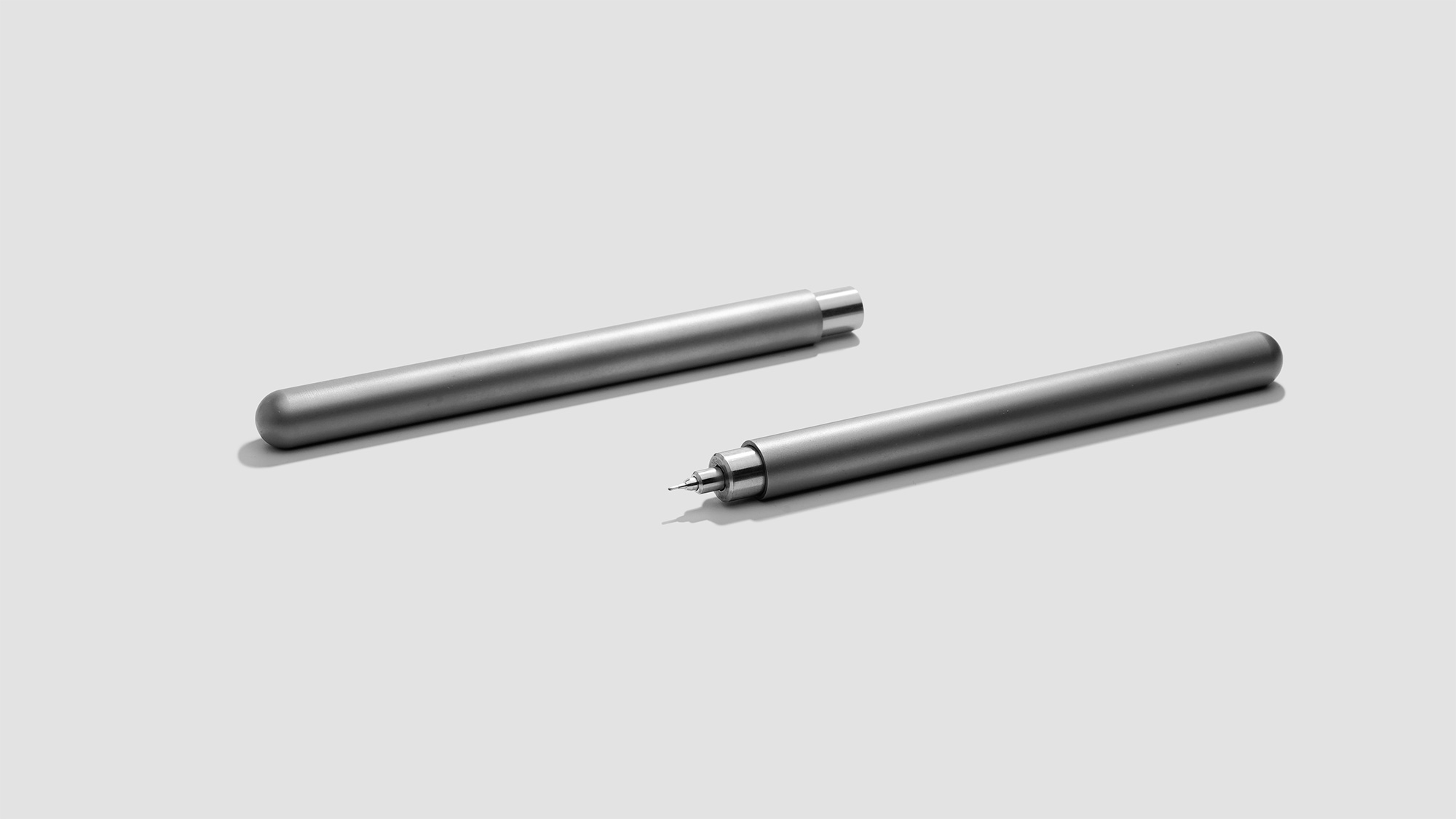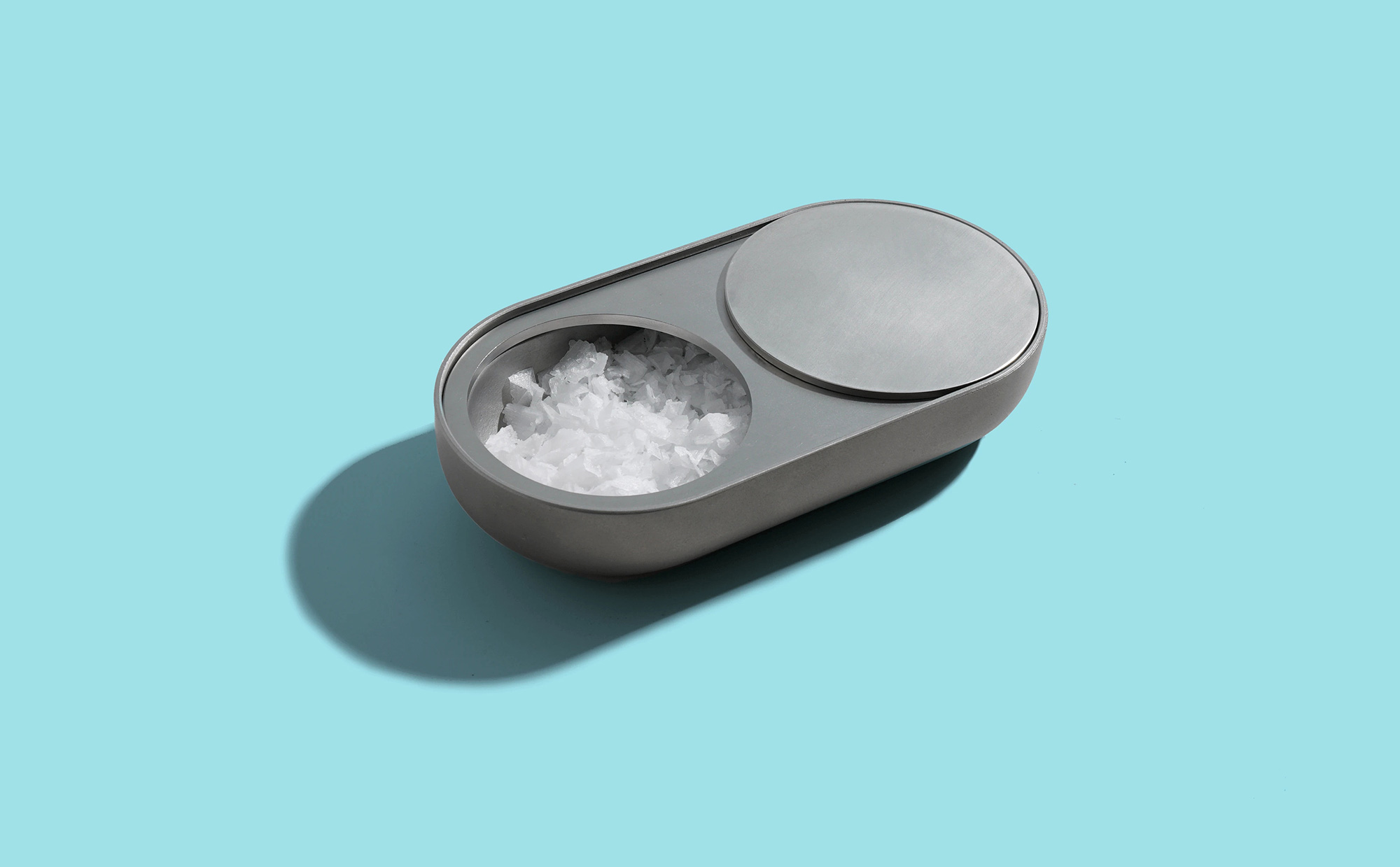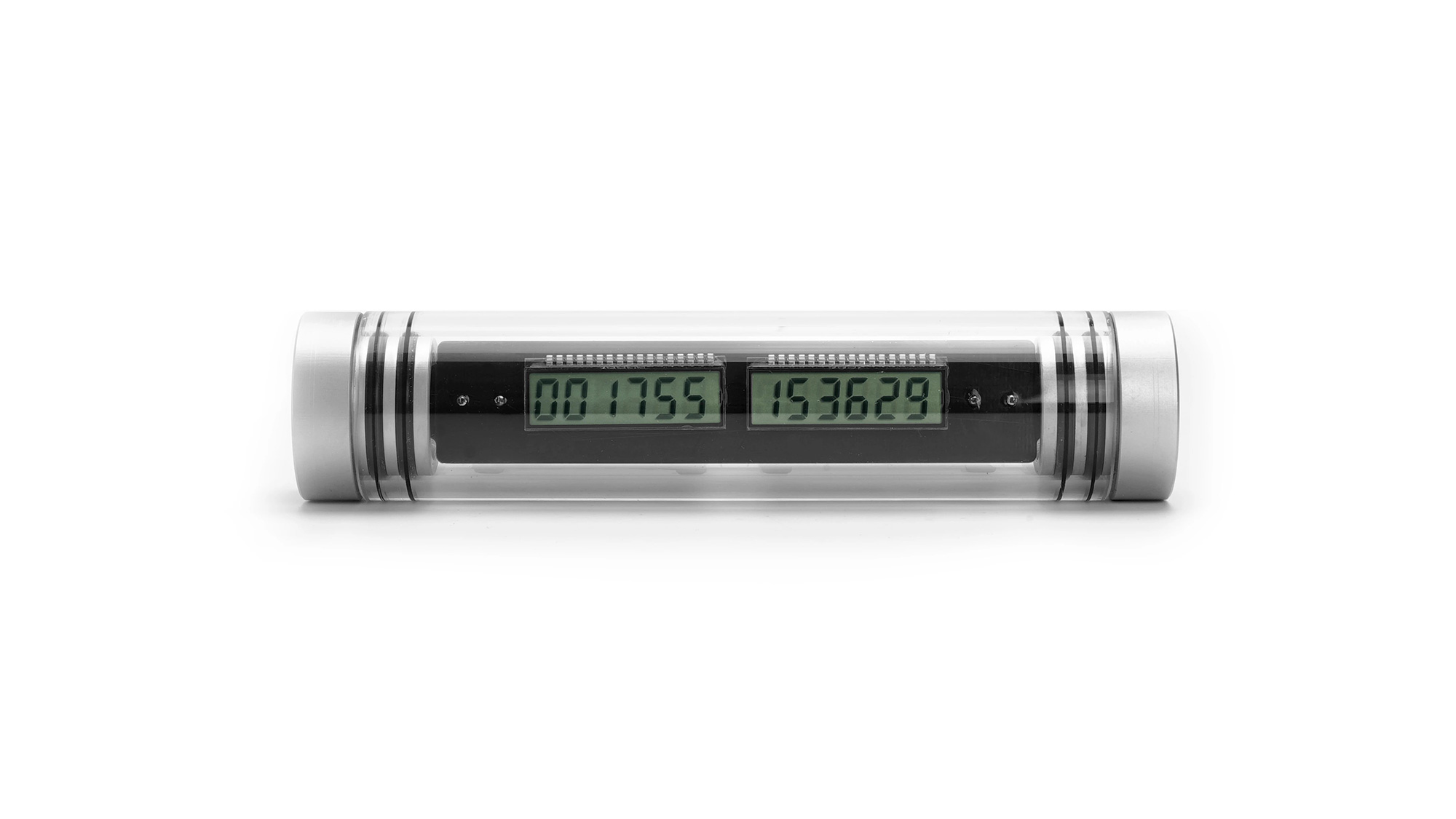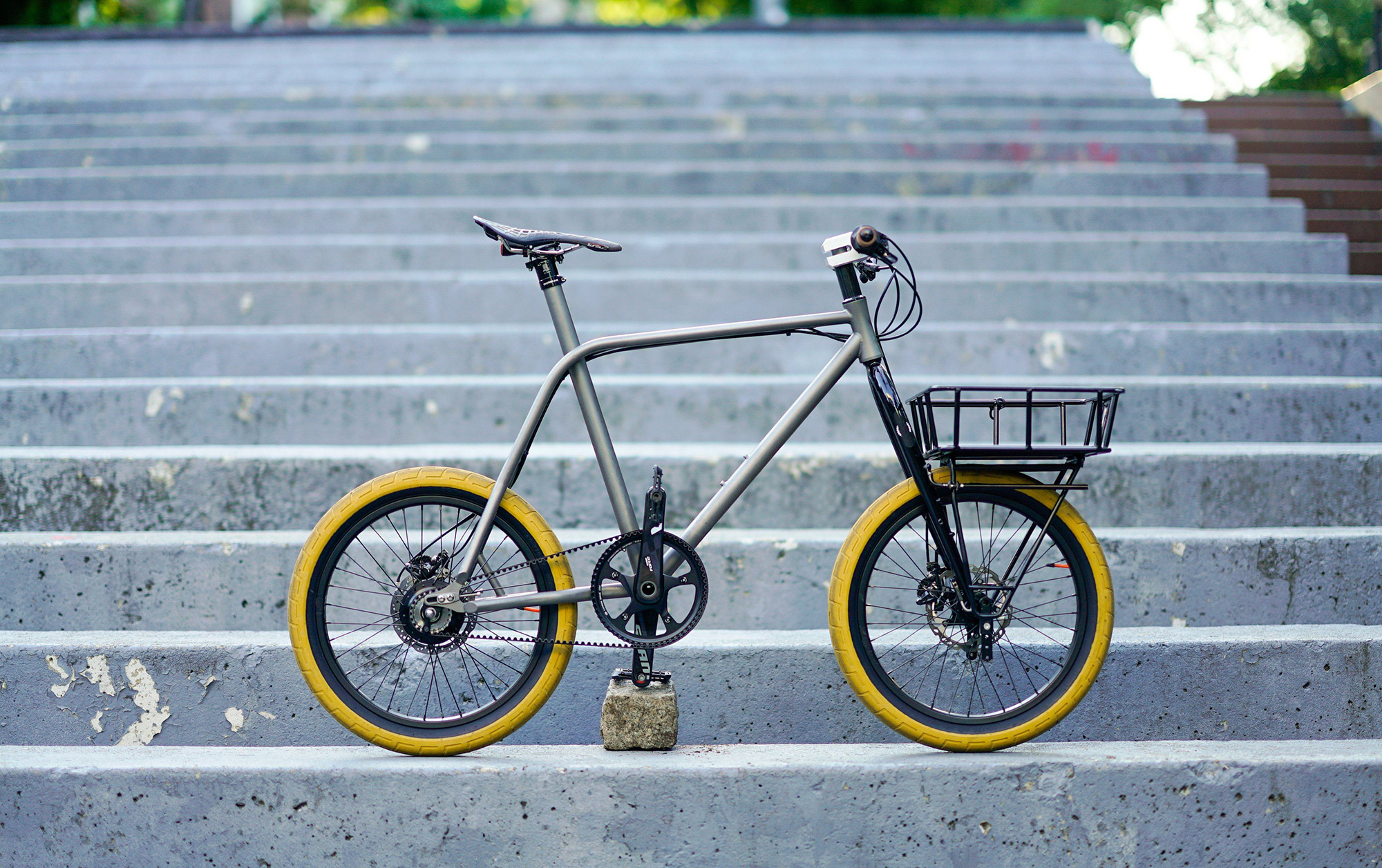CW&T is the Brooklyn-based art and design practice of Che-Wei Wang & Taylor Levy. Partners in art and life, Wang and Levy run a small-scale in-house production by conceptualizing, designing, and prototyping original and unconventional products that you have never had before. Their Pen Type-A turned out to be the Kickstarter project success in 2011, becoming the 6th most funded campaign on Kickstarter with 4000 backers and even more rave reviews. Wang and Levy don’t cut corners and never compromise on quality. They make things they went for themselves, firmly believing that the most exciting, desirable, and thoughtful designs are produced for an individual. Everything this duo makes is carefully designed and manufactured to do what it needs to do and do it well, often lasting for several generations literally, like their Time Since Launch, a clock meant to launch your personal epoch, ending at 2,738 years. We talked to Che-Wei Wang and Taylor Levy about their remarkable projects, their design approach, and how they balance work and family life.
More Behind the Design
Hello Che-Wei and Taylor! Could you please tell our readers a few words about your background and how CW&T was born?
We met and started working together in grad school at Interactive Telecommunication Program (ITP) at NYU. After graduating, we rented a tiny studio space and said yes to every freelance job that came our way. We ended up writing a lot of big-screen interactive mobile software to feed ourselves. In our free time, we worked on more fulfilling creative projects. It was around the same time as the beginnings of Kickstarter; the product design category didn’t even exist. Our friends at Studio Neat egged us into launching something, and back in 2011, we launched our first project Pen Type-A.

What sets CW&T apart from other design studios in the market?
CW&T is Che-Wei and Taylor. We like to think of it as a container of sorts for the entirety of our creative practices. On the surface, we are mainly known for everyday objects, but if you dig a bit deeper, you’ll find a whole bunch of other projects, experiments, and random exercises in art and making – things that range from experimental timepieces and musical instruments to electronic sculpture and painting.

What do you hope to bring with your design?
We hope that people can be reminded that small gestures can make a big difference through our products. We hope people feel connected to us, two people who genuinely care about what we put in the world, and we hope that means something to them as they live with our work.
You base your design philosophy on the value of longevity, one of the sustainable alternatives to the throwaway society. In what ways, in your opinion, design thinking has to change to meet the needs emerging as the outcome of the ongoing climate change problems and the current global pandemic shock?
Longevity and, more specifically, thinking outside the realm of human perception of time is an important thread in our practice. This idea manifests physically through the quality of our projects, which are made to last a very long time. Through products like Time Since Launch, a timepiece meant to launch your own personal epoch, which will count up for over 2,738 years. Projects like this are the most interesting to us, where there is a strong emphasis on emotional content.

Did the pandemic force you to change and flex your business, and how?
We are a small business but also a family with two small kids at home. In many ways, we were fortunate because our entire operation (except some of our manufacturing) is based in our home. Our priority was to make sure our business just kept running. Still, we shifted a chunk of our creative energy into efforts to support pandemic-related projects like helping design Open Standard Respirator and into teaching. Staying connected through teaching and aiding in efforts to design PPE was very meaningful during a difficult time.
How do you walk the line between quality and uniqueness and being commercially viable?
We make stuff we want for ourselves, and it’s always been that way. We never compromise on quality. And we don’t really think about the uniqueness or commercial viability. If we like the thing and find it interesting enough to make, we’ll make it for ourselves and worry about the rest later.

What kind of design excites you?
Design that uses new materials or fabrication processes. Design that makes legible how a thing was made; Design that leaves you wondering, how did they make that?!
You two are partners in both work and life. How do you balance family life and CW&T?
We’d be lying if we said it was easy. Our kids are involved in and very aware of everything we are working on. Our kitchen table is riddled with prototypes and random materials. There are very few boundaries between work and life. We knew before having kids that we wanted it to be like this. It does sometimes get hard to step away from work.
What are you working on at the moment?
We have a desk clock that’s close to production, a watch that we’re still prototyping, and a time capsule that we’ve been working on for years.





